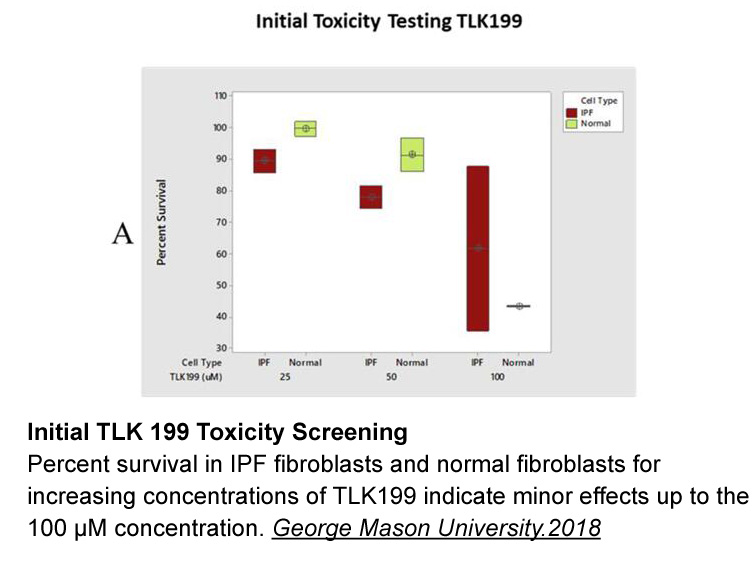Archives
Pregnenolone Carbonitrile Our published data showed that in
Our published data showed that, in mouse heart, the protein level of WDR1 was highest during the embryonic stage, but became progressively decreased to a constant level from birth to adulthood (Yuan et al., 2014), indicating an important role of WDR1 in embryonic heart development. However, functional studies of WDR1 in embryonic heart development have not been reported. To investigate the role of WDR1 in embryonic heart development, we used Nkx2.5-Cre knock-in mice to specifically delete Wdr1 in embryonic heart (FHF and SHF) (Wdr1;Nkx2.5-Cre) (Ma et al., 2008, Moses et al., 2001). These mice exhibited defects (hypoplasia) of SHF progenitor derivatives: dramatically decreased size of the OFT and RV.
To clarify how WDR1 affects SHF for OFT and RV morphogenesis, we specifically deleted Wdr1 in SHF progenitors (shfKO) using Mef2c-AHF-Cre mice (Verzi et al., 2005). These mice, which began to die at E11.5, exhibited significantly decreased size of the proximal OFT and RV at E10.5. Ablation of WDR1 in SHF progenitors did not change the number of SHF cells deployment to the OFT, nor cell number, proliferation and apoptosis in SpM, OFT and RV, but disrupted the cellular arrangement and myofibrillar assembly in cardiomyocytes of the proximal OFT and RV. Our finding indicated that WDR1-mediated Pregnenolone Carbonitrile dynamics plays indispensable roles in regulating the size of OFT and RV, and myofibrillar assembly.
Results
Discussion
Our findings provide further insights into SHF development, which is a significant, but poorly known process that governs OFT and RV formation. With the present study, we have demonstrated that WDR1 is indispensable for OFT and RV development. We found that deleting Wdr1 in embryonic heart (Nkx2.5-Cre) resulted in malformations of SHF derivative s, with decreased size of the proximal OFT and RV; SHF progenitors-specific Wdr1 deletion resulted in reduced size of the proximal OFT and RV. Furthermore, ablation of Wdr1 in SHF progenitors disrupted the outer compact cardiac arrangement and myofibrillar assembly of the proximal OFT and RV myocardium. We speculate that deletion of WDR1 in SHF cells impairs actin dynamics, and then disrupts cell shape change and reorientation in the proximal OFT and RV, thus results in loosely and disorderly arranged outer multilayered cardiomyocytes, finally affects the size of the proximal OFT and RV.
s, with decreased size of the proximal OFT and RV; SHF progenitors-specific Wdr1 deletion resulted in reduced size of the proximal OFT and RV. Furthermore, ablation of Wdr1 in SHF progenitors disrupted the outer compact cardiac arrangement and myofibrillar assembly of the proximal OFT and RV myocardium. We speculate that deletion of WDR1 in SHF cells impairs actin dynamics, and then disrupts cell shape change and reorientation in the proximal OFT and RV, thus results in loosely and disorderly arranged outer multilayered cardiomyocytes, finally affects the size of the proximal OFT and RV.
Materials and methods
Competing interests
Funding
This work was supported by National Natural Science Foundation of China [31701266]; and the Natural Science Foundation of Hubei Province [2016CFB172] with grants to Baiyin Yuan. This work was also partially supported by the Youth Science and Technology Backbone Training Program, Wuhan University of Science and Technology.
Introduction
The actin cytoskeleton is a complex system of actin filaments organized into diverse structural arrays by numerous accessory proteins. As major force-generating cellular machinery, the actin cytoskeleton can produce pushing (protrusive) forces through coordinated polymerization of multiple actin filaments, pulling (contractile) forces via sliding of bipolar filaments of myosin II along actin filaments, and resistance (shaping) forces by forming cross-linked membrane-associated filament arrays. Actin-dependent forces are essential for cell migration, interaction with the environment, shape and mechanical properties of the cell surface and trafficking and morphogenesis of membrane organelles (reviewed in [1]).
The importance of the actin cytoskeleton for cell physiology asks for deep understanding of how it works structurally and dynamically. However, the actin cytoskeleton is not readily amenable to high resolution structural studies due to a small diameter, tight packing, complex 3D organization, and vulnerability of actin filaments. Individual actin filaments are unresolvable by either diffraction-limited light microscopy or subdiffraction fluorescence microscopy (SFM), while proper preservation of actin structures and visualization of their 3D organization is a challenge for electron microscopy (EM). So far, platinum replica EM and negative-staining EM, especially in combination with electron tomography, have been most productive in revealing actin cytoskeleton ultrastructure (reviewed in [2]). However, SFM, cryoEM and atomic force microscopy (AFM) increasingly contribute to this research. This review focuses on recent advances in our understanding of ultrastructure of protrusive and contractile actin arrays.